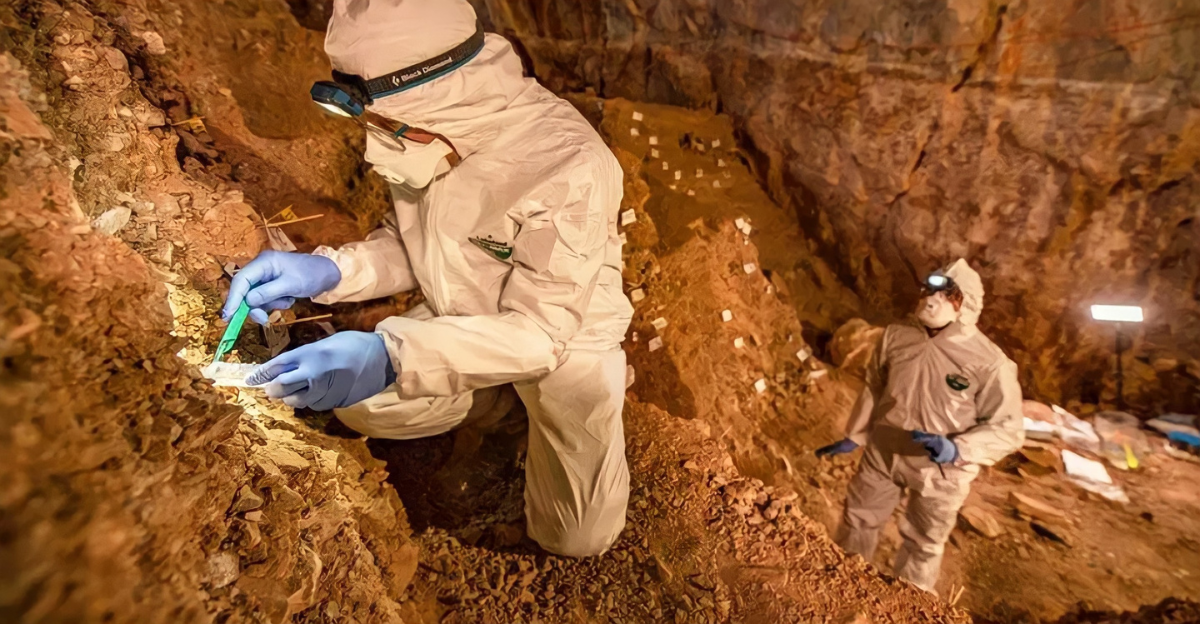
In 2018, a massive slab of bedrock with an inscription of the Lord’s Prayer carved entirely in Scandinavian runes was discovered in the dense wilderness close to Wawa, Ontario, Canada. More than 250 symbols from the ancient Futhark alphabet—more precisely, a Swedish runic variant created in the early 1600s—are used in this inscription.
To elaborate, the discovery is significant not only because it is unique but also because it has implications for our understanding of cross-continental religious expression and cultural transmission. By the seventeenth century, Latin alphabets were thought to have largely replaced the runic script, which is frequently connected to Scandinavia during the Viking Age.
Scandinavian Presence in North America and Historical Context
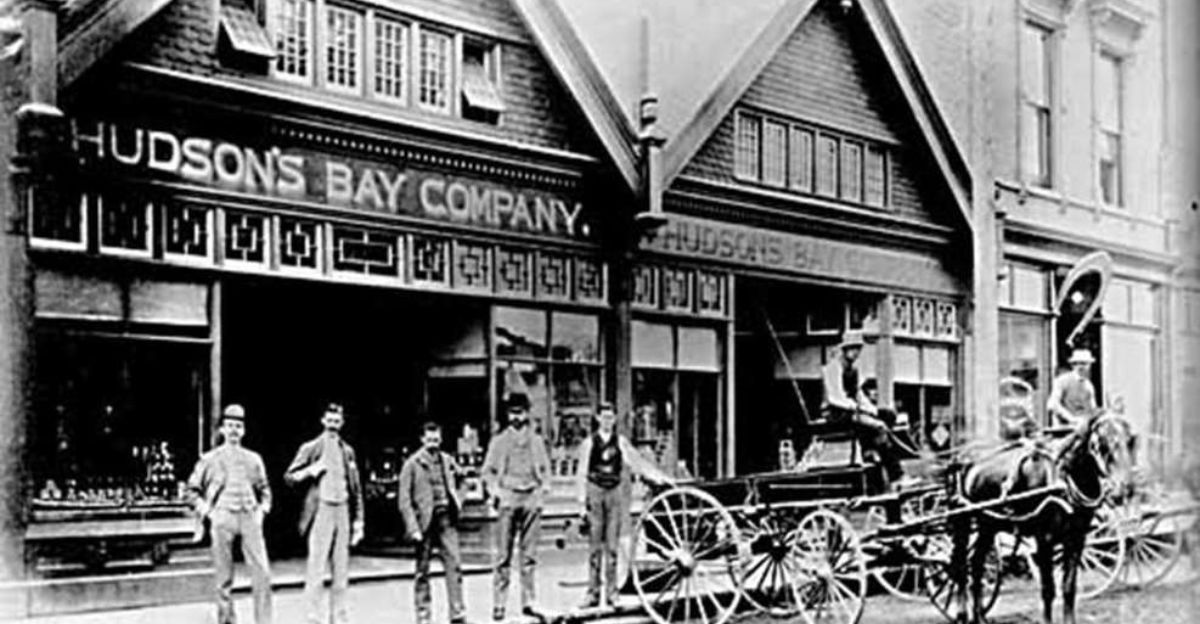
The early nineteenth-century inscription was probably carved by Swedish fur traders associated with the Hudson’s Bay Company, which hired Scandinavians to work at trading posts close to the Great Lakes. This discovery points to a later, less well-known Scandinavian cultural influence in Canada despite the well-documented Viking expeditions to North America.
Beyond the Viking era, Scandinavians were involved in North American trade and settlement, according to additional historical research. The fur trade economy, which influenced the development of the continent, depended heavily on immigrants from Sweden and Norway, who were frequently adept at navigating and surviving in the wilderness. A physical reminder of these contributions, which have been eclipsed by more prevalent colonial histories, is provided by the runic inscription.
The Importance of Runes’ Lord’s Prayer
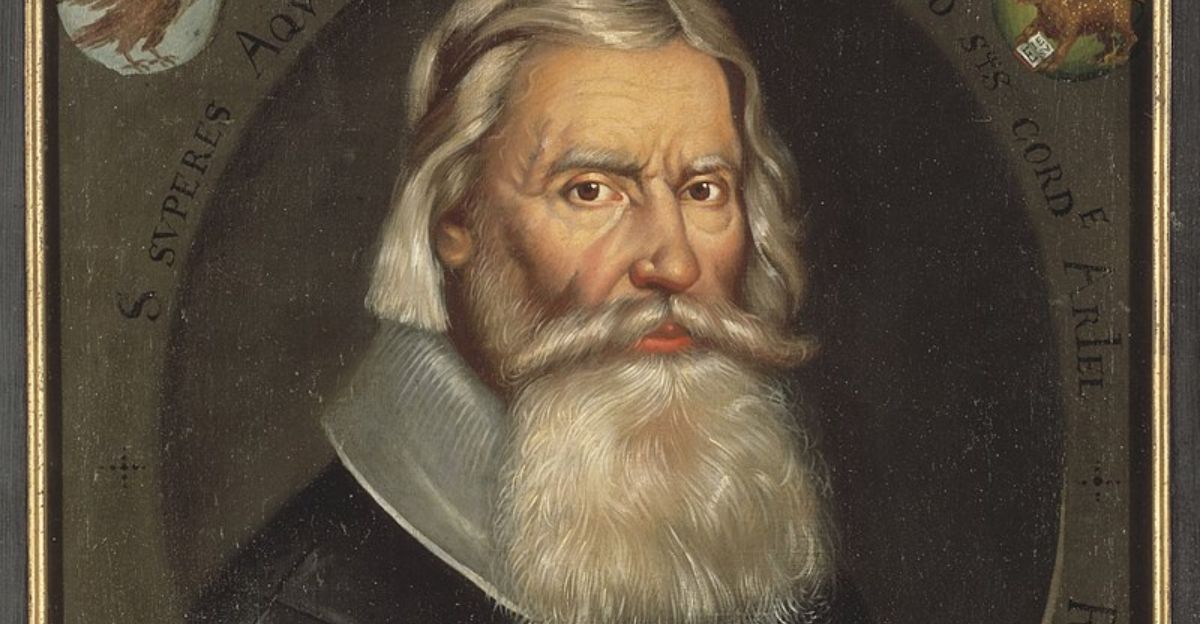
A unique combination of faith and cultural expression can be seen in the Lord’s Prayer, a foundational Christian text, which is carved in runes, a script that was largely replaced by Latin alphabets centuries earlier. A deliberate attempt to preserve a Scandinavian linguistic and religious tradition is symbolized by the use of runes, particularly the variant created by Johannes Bureus.
Going further, the Lord’s Prayer’s selection for this medium illustrates how important religion is to Scandinavian immigrants on a psychological and social level. The rune-carved prayer could have served as a public statement of faith, a protective talisman, or a spiritual anchor in a setting characterized by danger, isolation, and cultural displacement.
Challenges in Archaeology and Linguistics

Seven years of arduous research and interdisciplinary expertise were needed to decipher the inscription. Significant difficulties were presented by the intricacy of the Futhark alphabet and the scarcity of runic inscriptions outside of Scandinavia. The significance of the message is demonstrated by the intricate carving of the runes, which probably took weeks to complete.
The centuries-long development of runic alphabets and regional variances that impacted symbol forms and meanings added to the linguistic difficulties. To correctly interpret the inscription, researchers had to consult runic dictionaries, historical records, and Christian liturgical texts. A narrative layer is suggested by the boat image that appears next to the prayer; it could represent a spiritual journey or serve as a metaphor for protection while traveling.
Divergent Views on the Age and Origin of the Find

There is disagreement over the carving’s estimated early 19th-century date, despite some experts’ initial hopes for a Viking-era origin. Critics claim that the discovery lacks the Viking artifacts’ ancient mystique, but this viewpoint ignores the cultural continuity it symbolizes. The inscription is a living example of how Scandinavian identity endures in a modern world, not just a relic.
The significance of more recent cultural expressions that exhibit continuity and adaptation may be overshadowed by the focus on antiquity. An example of how immigrant communities purposefully preserved and reimagined their heritage is the runic Lord’s Prayer carving. It also calls into question the limits of what qualifies as “authentic” cultural artifacts.
Cultural and Psychological Consequences

From a psychological perspective, the carving illustrates how people require cultural preservation and spiritual mooring in strange places. One way to deal with loneliness and uncertainty is to write the Lord’s Prayer in runes, which strengthens a group’s identity and faith.
The carving also demonstrates how ritual and symbolism support social cohesiveness and mental health in displaced communities. The carvers established a concrete connection to their history and a source of solace in the face of hardship by physically incorporating their language and religion into the landscape. This cultural inscription process turns alienation into empowerment and functions as a type of narrative therapy.
Possible Second-Order Impacts on Tourism and Archaeology
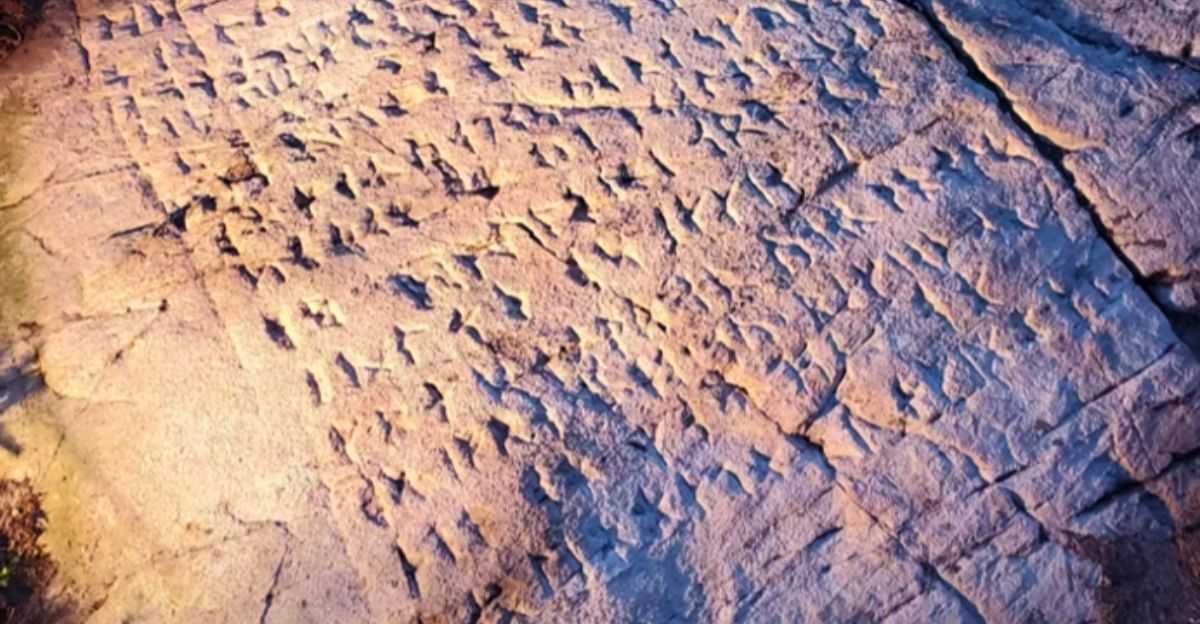
By promoting a more thorough investigation of Scandinavian influences outside of Viking settlements, the discovery has the potential to change the priorities of archaeology in North America. It might stimulate new research approaches that integrate frontier history, historical linguistics, and runology.
Furthermore, a paradigm shift in public archaeology that emphasizes inclusivity and multicultural narratives may be sparked by the discovery. It pushes academic institutions, museums, and heritage groups to enlarge their purview and include underrepresented histories. The site’s growth as a cultural destination may also bring up moral questions regarding commercialization and preservation. To preserve the integrity of the artifact, careful planning is needed to strike a balance between academic research and visitor demands.
Distinct Structures for Interpreting the Inscription
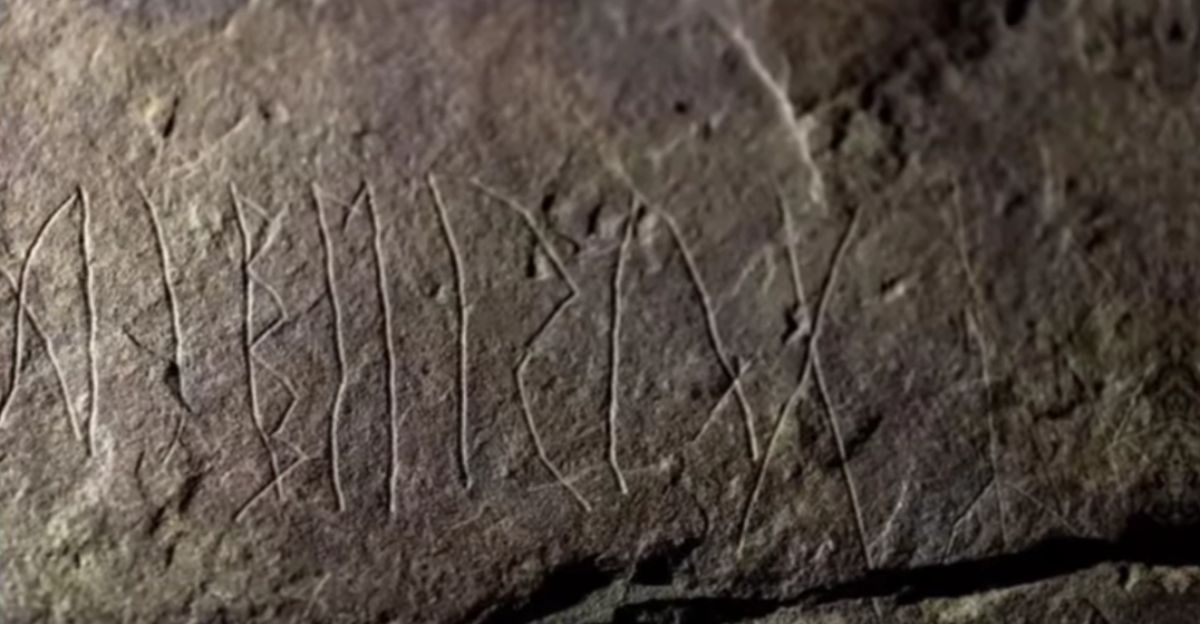
This finding encourages the development of a multidisciplinary framework that integrates colonial history, religious studies, and runology. Scholars can gain a deeper understanding of the relationship between migration, faith, and identity by considering the carving as both a cultural marker and a religious artifact. The prayer and a picture of a boat together imply a metaphorical story of travel and safety, enhancing interpretations of runestones as interactive monuments that go beyond simple memorials.
The creation of such a framework promotes creative approaches that combine iconography, textual analysis, and ethnographic parallels. Additionally, it creates opportunities for comparative research with other diaspora groups that assert their identities through sacred inscriptions. This method encourages comprehensive interpretations of artifacts and challenges conventional disciplinary silos.
The Carving as a Sign of Cultural Resilience: An Extreme Case Study
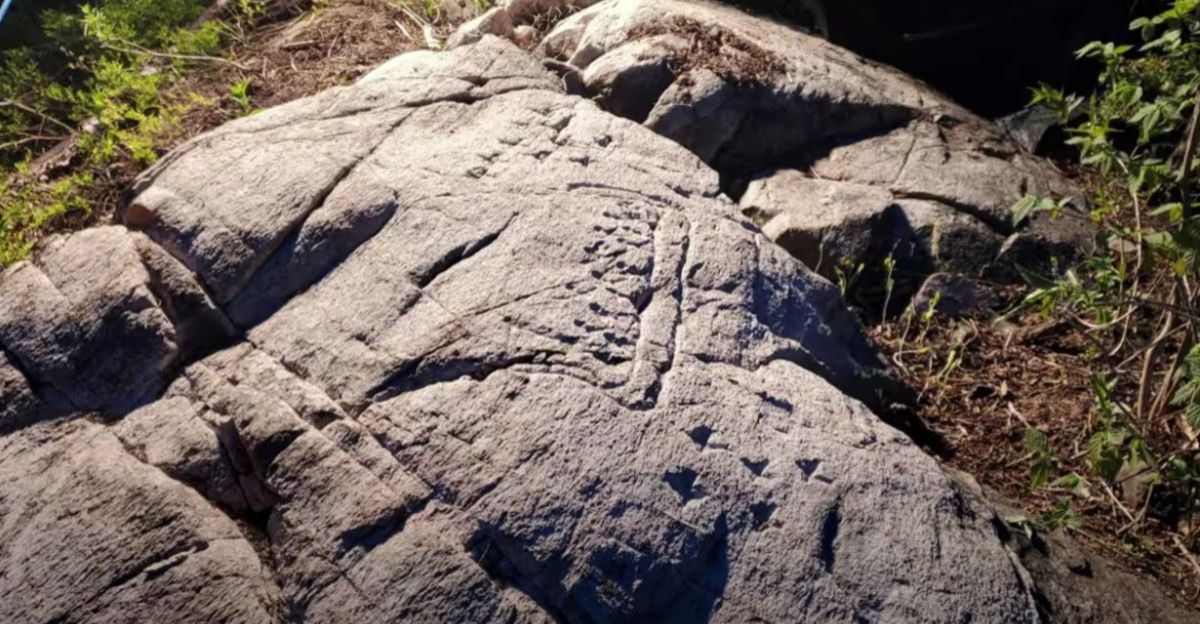
The carving serves as an extreme illustration of cultural resilience, a rare physical manifestation in which a displaced community painstakingly preserved sacred tradition in a remote wilderness. This inscription functions as an active spiritual beacon in contrast to conventional runestones honoring the deceased, demonstrating how cultural symbols change and adapt over time.
This instance serves as an example of how cultural artifacts serve as living records that represent the hardships and aspirations of underrepresented communities. The community’s dedication to maintaining identity in the face of adversity is demonstrated by the carving’s remote location and the amount of work needed to create it. It also highlights the importance of material culture in maintaining collective memory and calls into question how knowledge and tradition are passed down in diaspora contexts.
Conclusion and Wider Consequences

More than just an archaeological wonder, the Lord’s Prayer, engraved in Scandinavian runes in Ontario, is a powerful illustration of North America’s historical complexity, religious fervor, and cultural tenacity. It calls for a reconsideration of Scandinavian contributions to Canadian heritage and upends oversimplified colonial narratives. The discovery promises to deepen our understanding of identity, migration, and faith across centuries and continents and promotes interdisciplinary collaboration and public engagement.
Future research that integrates archaeology, theology, and diaspora studies and goes beyond conventional historical boundaries may be sparked by this discovery. For modern immigrant communities struggling with identity and belonging, it also provides a potent symbol. In the end, the Lord’s Prayer runestone serves as a symbol of how faith and heritage can be transformed and preserved, forming stories that respect both fresh starts and ancestors’ roots.






